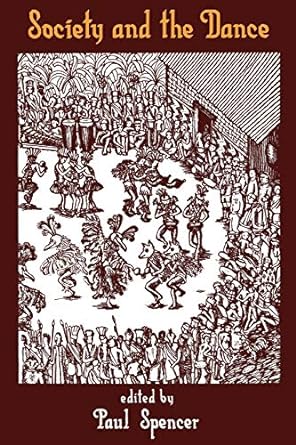Go back


Raw Histories Photographs Anthropology And Museums(1st Edition)
Authors:
Elizabeth Edwards

Cover Type:Hardcover
Condition:Used
In Stock
Include with your book
Free shipping: April 16, 2024Popular items with books
Access to 3 Million+ solutions
Free ✝
Ask 10 Questions from expert
200,000+ Expert answers
✝ 7 days-trial
Total Price:
$0
List Price: $39.81
Savings: $39.81(100%)
Book details
ISBN: 1859734979
Book publisher:
Get your hands on the best-selling book Raw Histories Photographs Anthropology And Museums 1st Edition for free. Feed your curiosity and let your imagination soar with the best stories coming out to you without hefty price tags. Browse SolutionInn to discover a treasure trove of fiction and non-fiction books where every page leads the reader to an undiscovered world. Start your literary adventure right away and also enjoy free shipping of these complimentary books to your door.
Raw Histories Photographs Anthropology And Museums 1st Edition Summary: Photographs have had an integral and complex role in many anthropological contexts, from fieldwork to museum exhibitions. This book explores how approaching anthropological photographs as 'history' can offer both theoretical and empirical insights into these roles. Photographs are thought to make problematic history because of their ambiguity and 'rawness'. In short, they have too many meanings. The author refutes this prejudice by exploring, through a series of case studies, precisely the potential of this raw quality to open up new perspectives. Taking the nature of photography as her starting point, the author argues that photographs are not merely pictures of things but are part of a dynamic and fluid historical dialogue, which is active not only in the creation of the photograph but in its subsequent social biography in archive and museum spaces, past and present. In this context, the book challenges any uniform view of anthropological photography and its resulting archives. Drawing on a variety of examples, largely from the Pacific, the book demonstrates how close readings of photographs reveal not only western agendas, but also many layers of differing historical and cross-cultural experiences. That is, photographs can 'spring leaks' to show an alternative viewpoint. These themes are developed further by examining the dynamics of photographs and issues around them as used by contemporary artists and curators and presented to an increasingly varied public. This book convincingly demonstrates photographs' potential to articulate histories other than those of their immediate appearances, a potential that can no longer be neglected by scholars and institutions.
Customers also bought these books
Frequently Bought Together
Top Reviews for Books
Request 1nwaliz
( 5 )
"Delivery was considerably fast, and the book I received was in a good condition."










